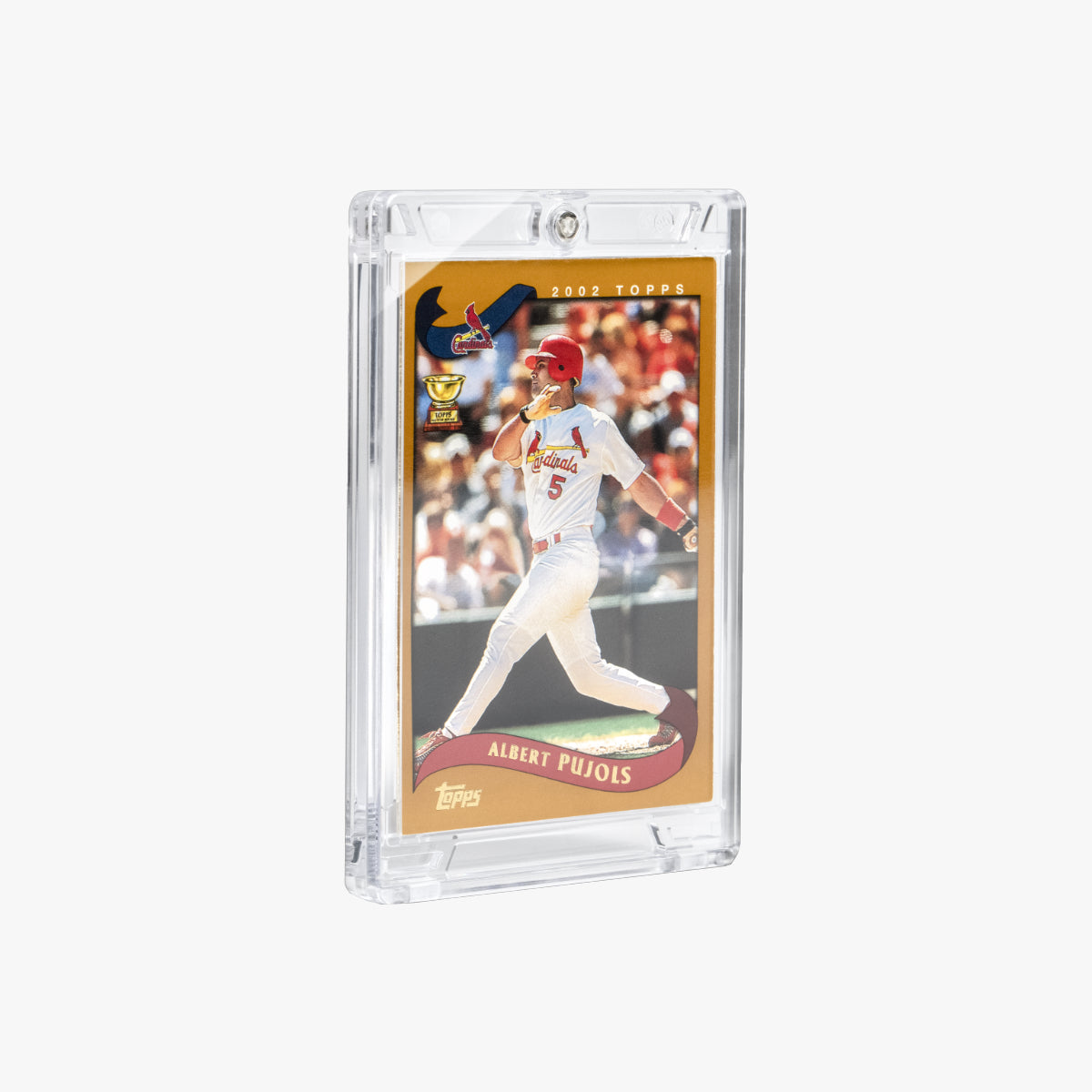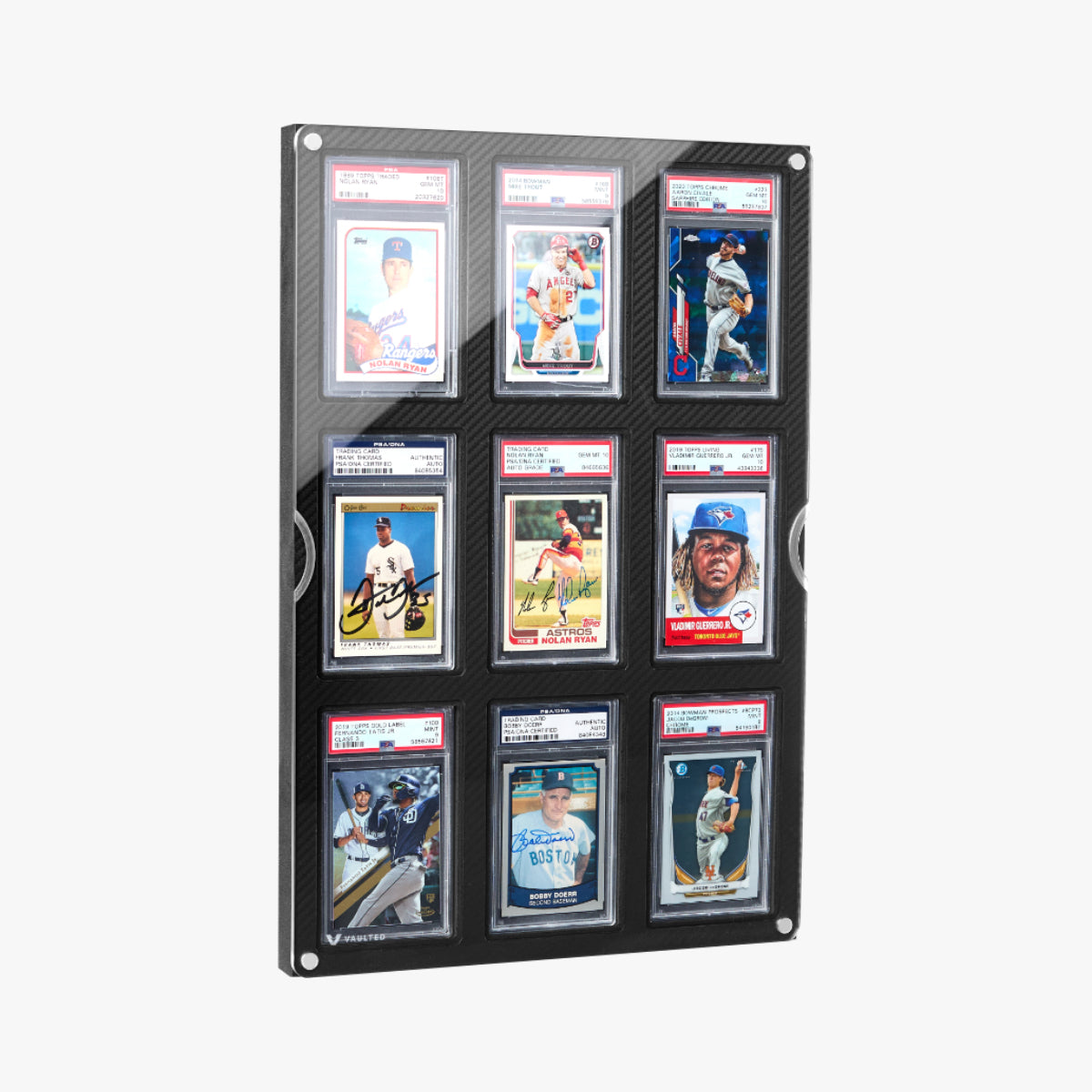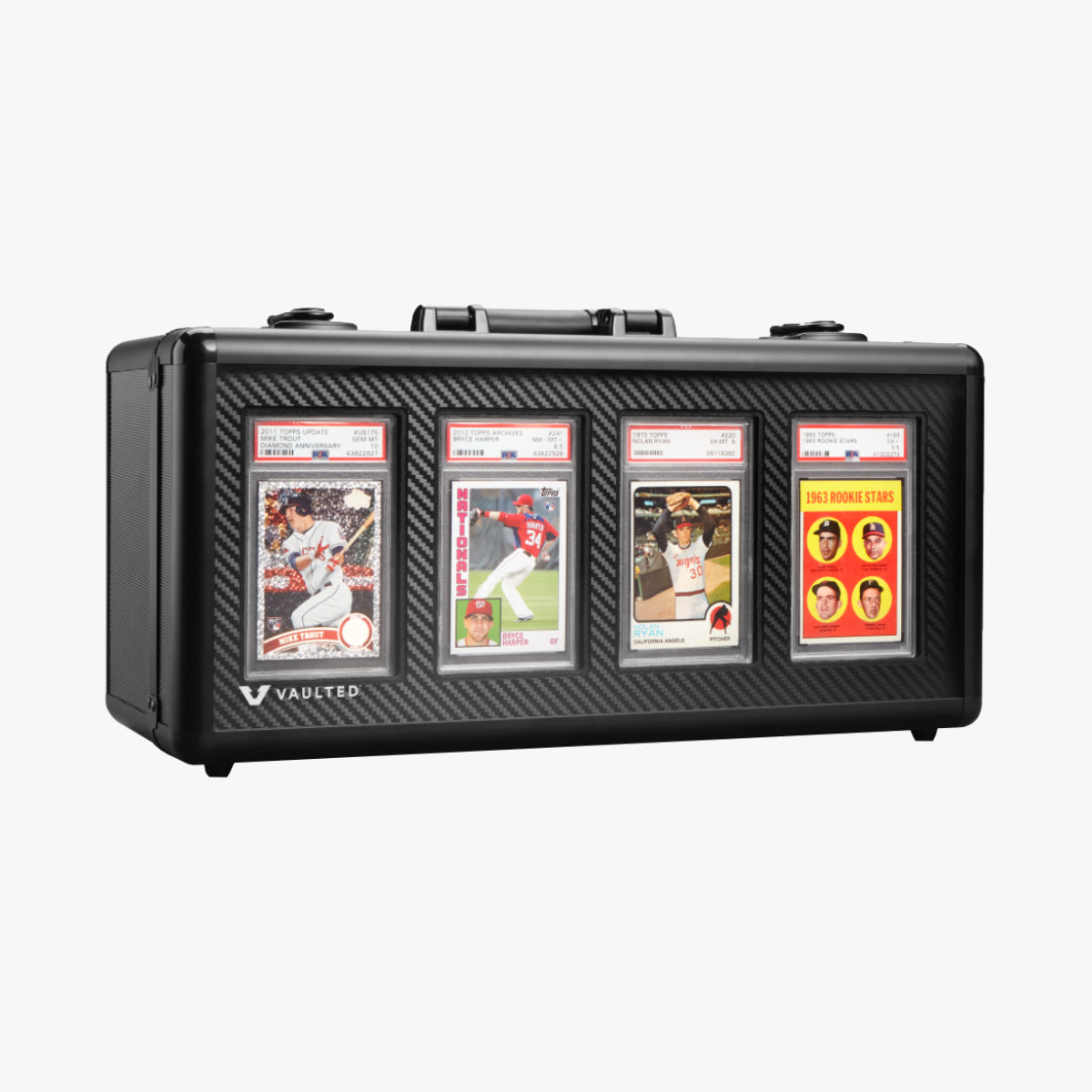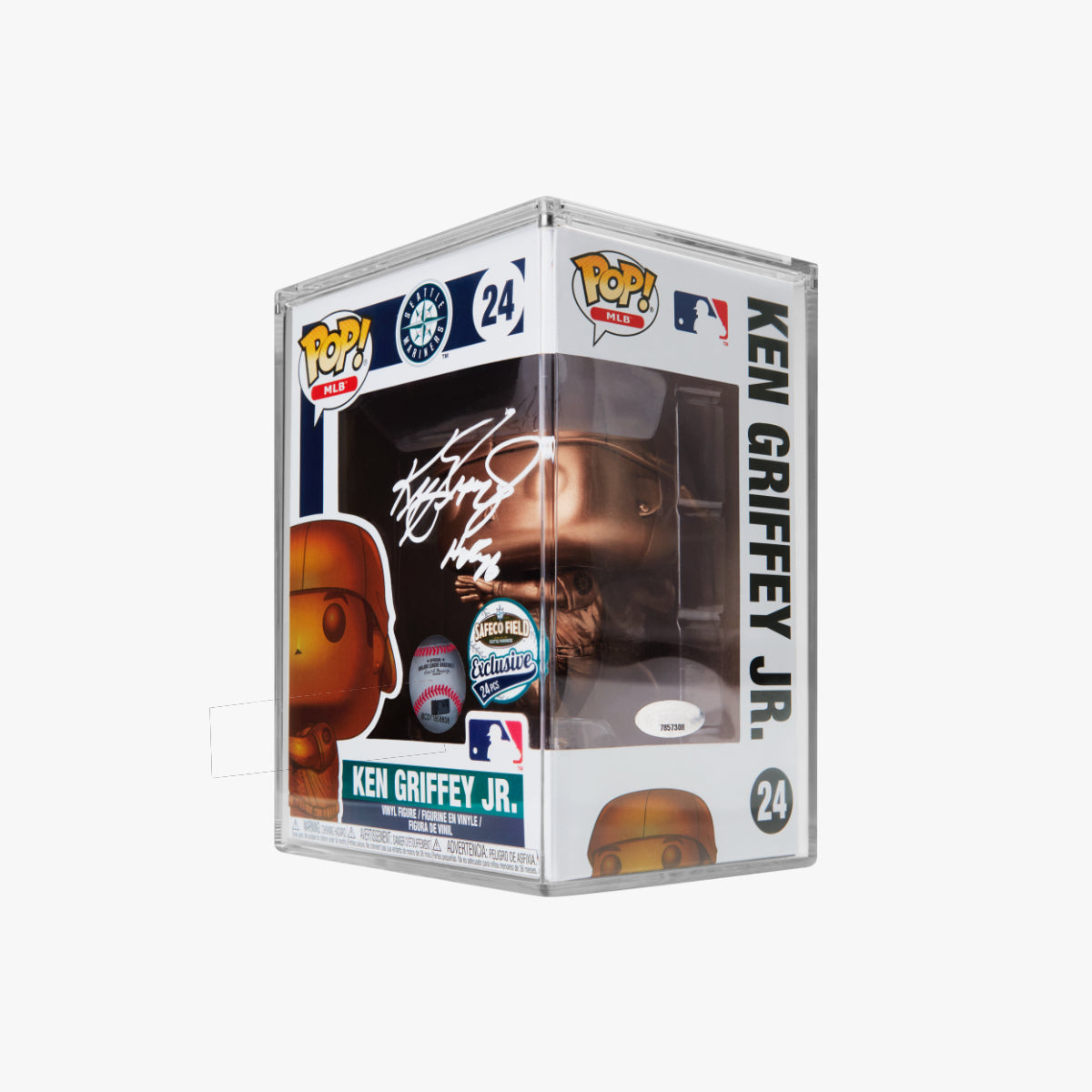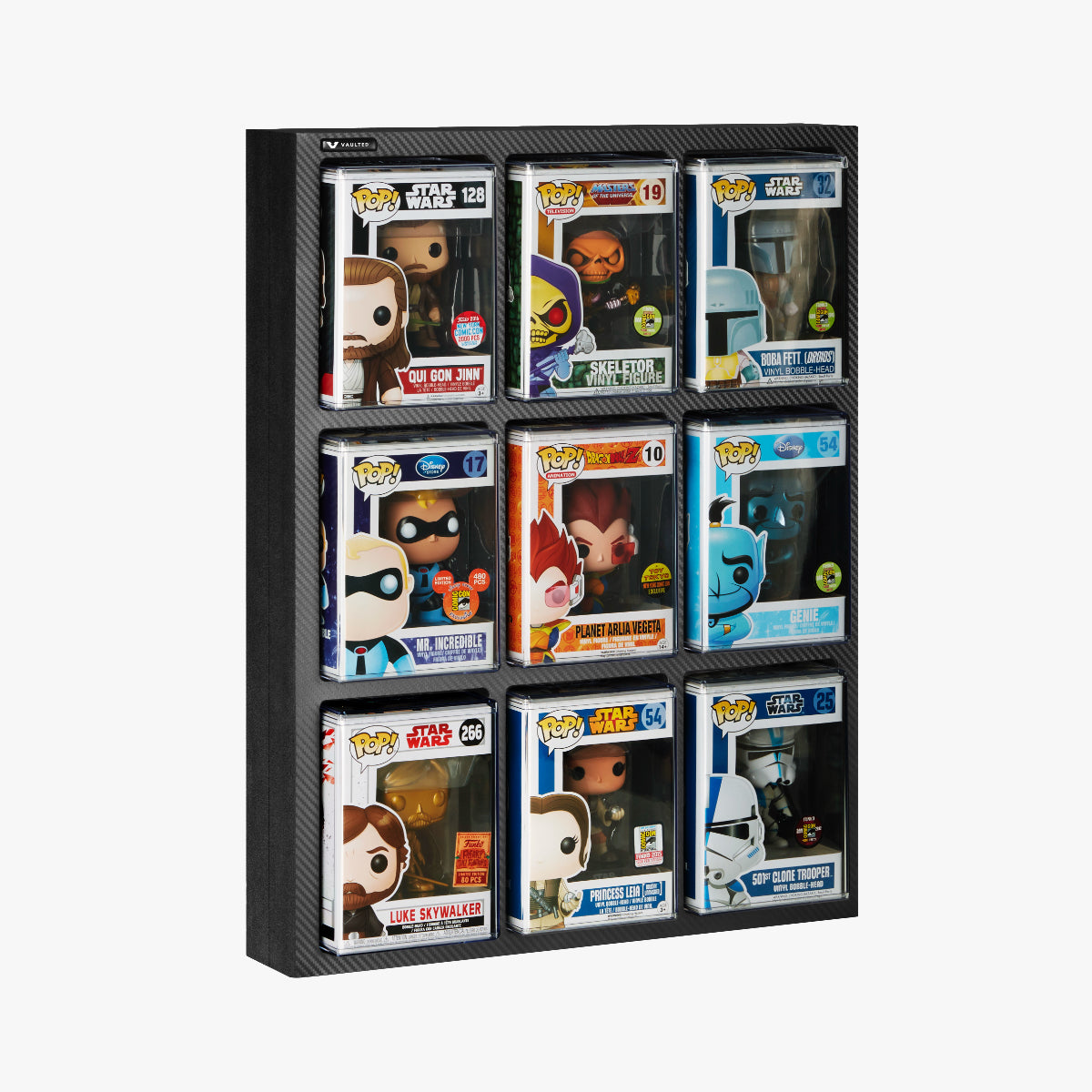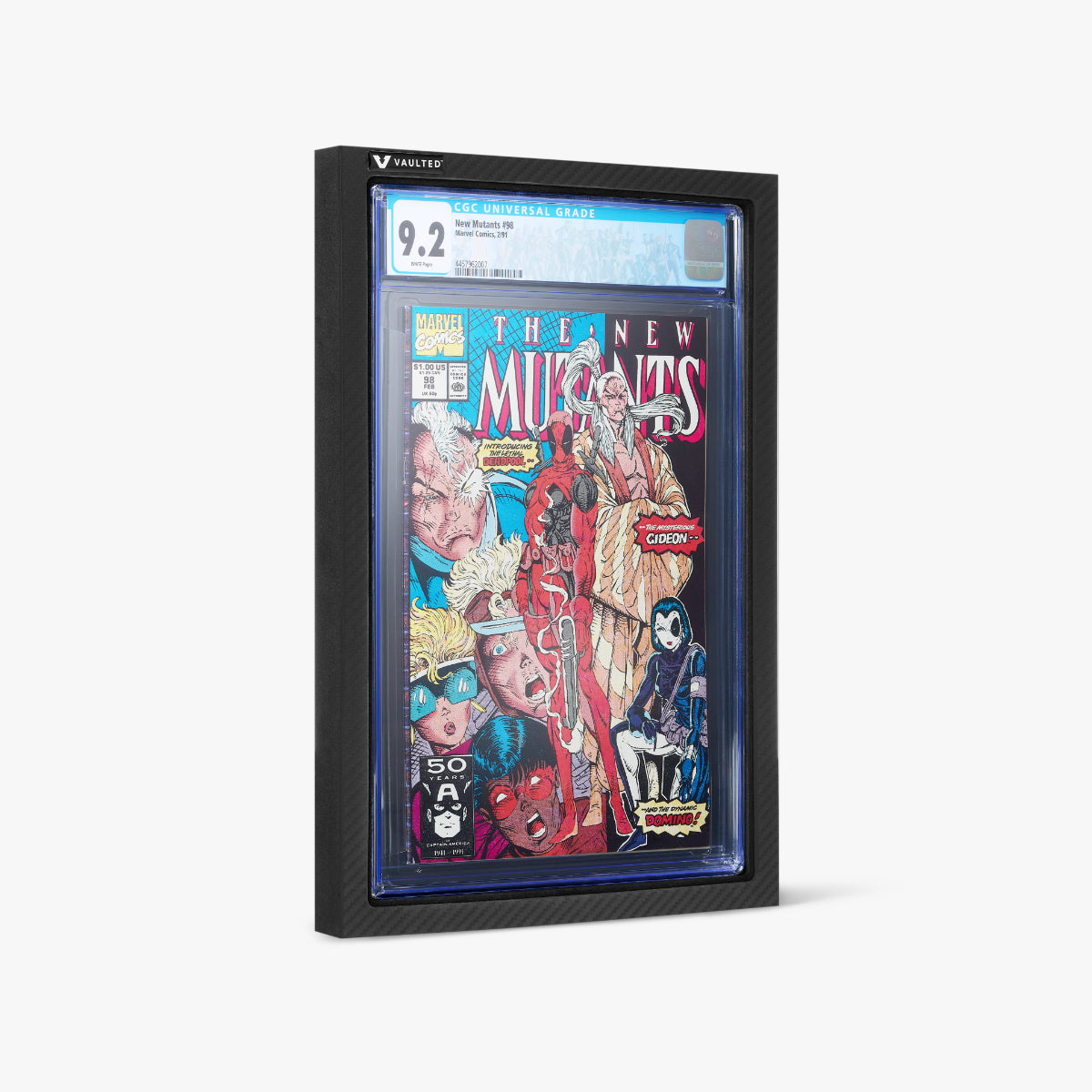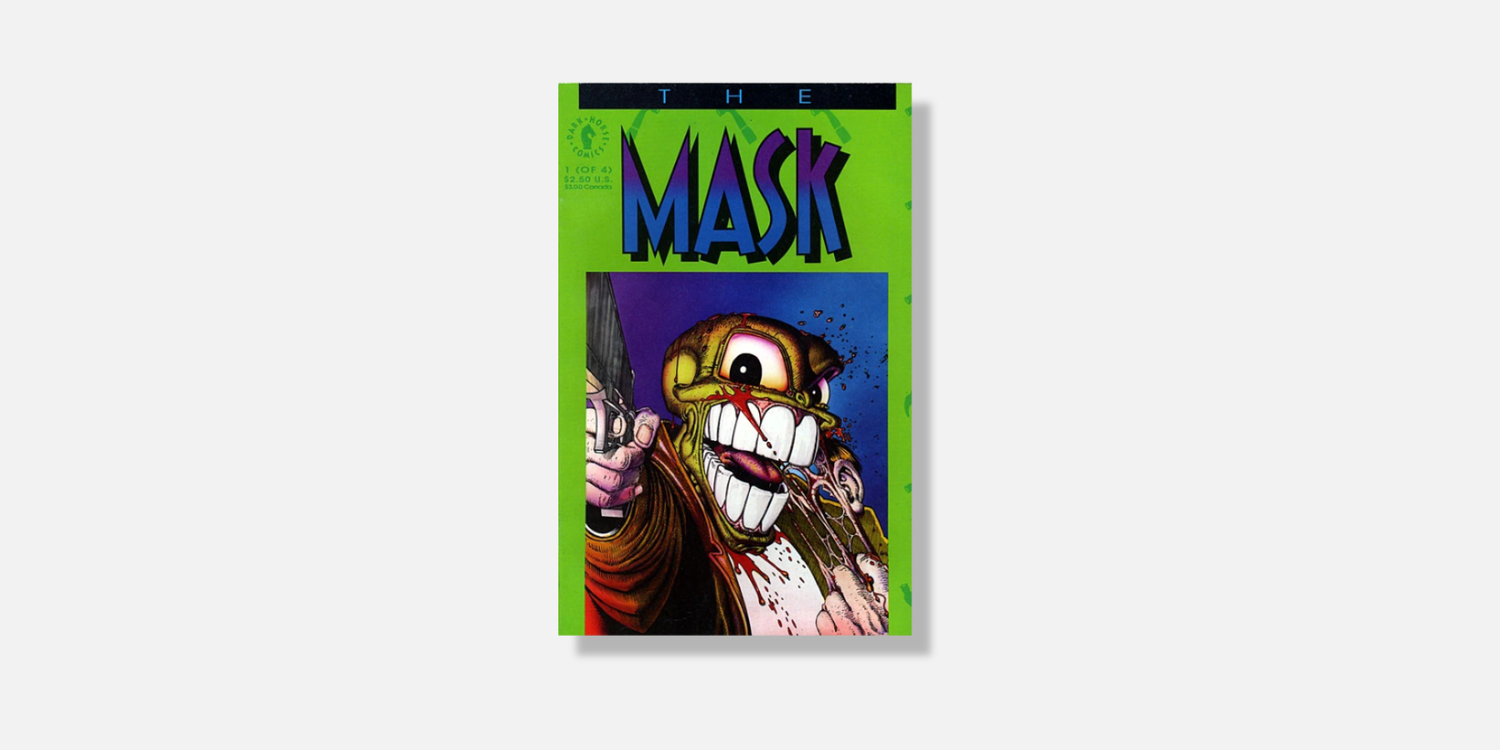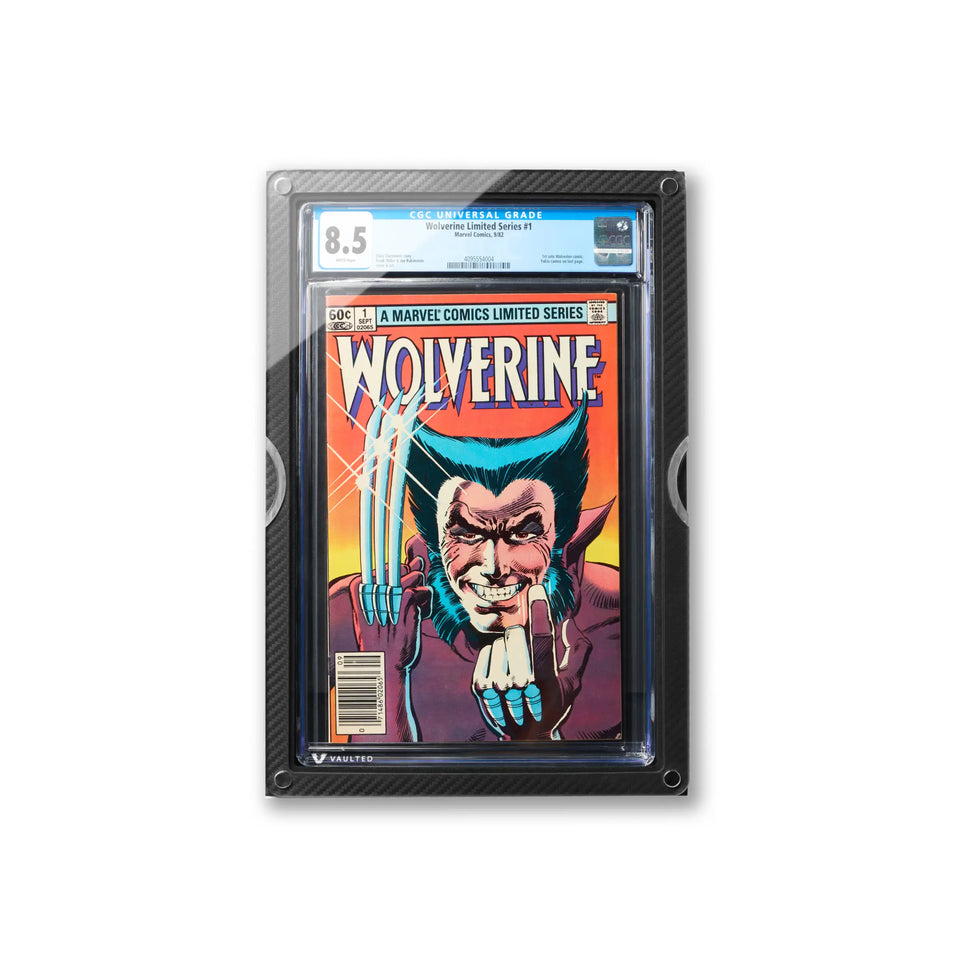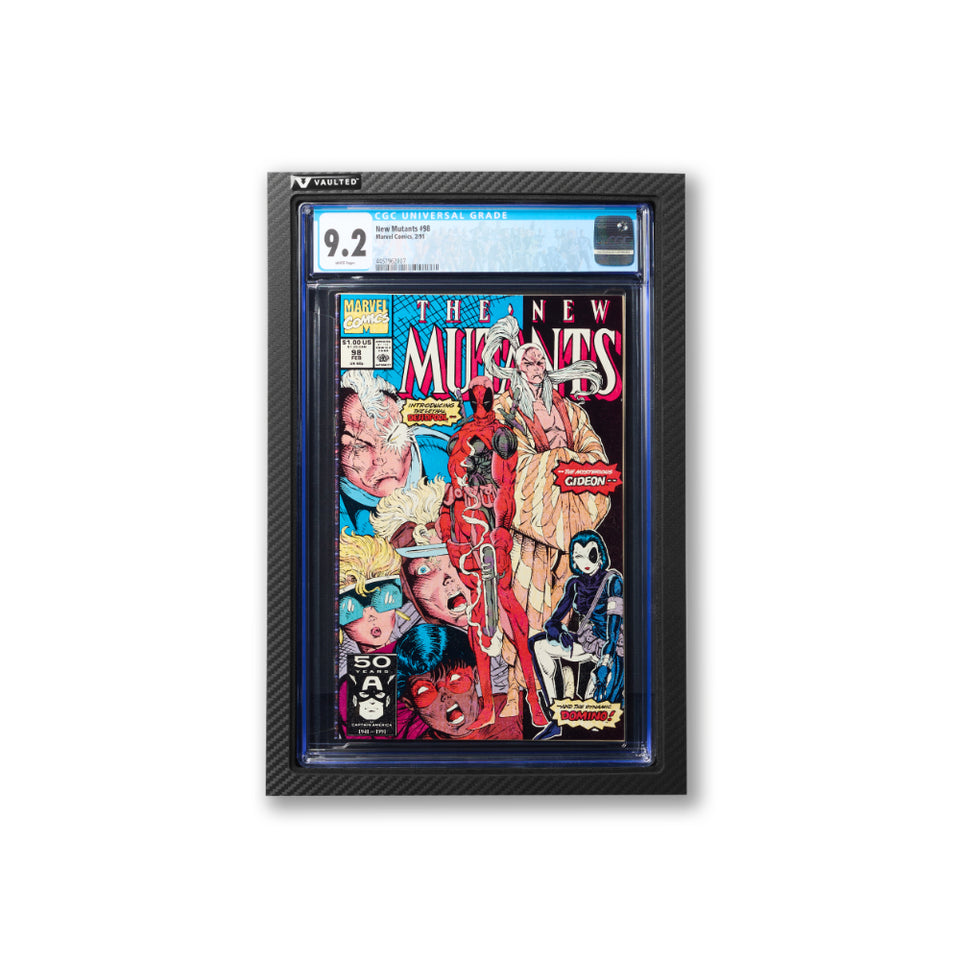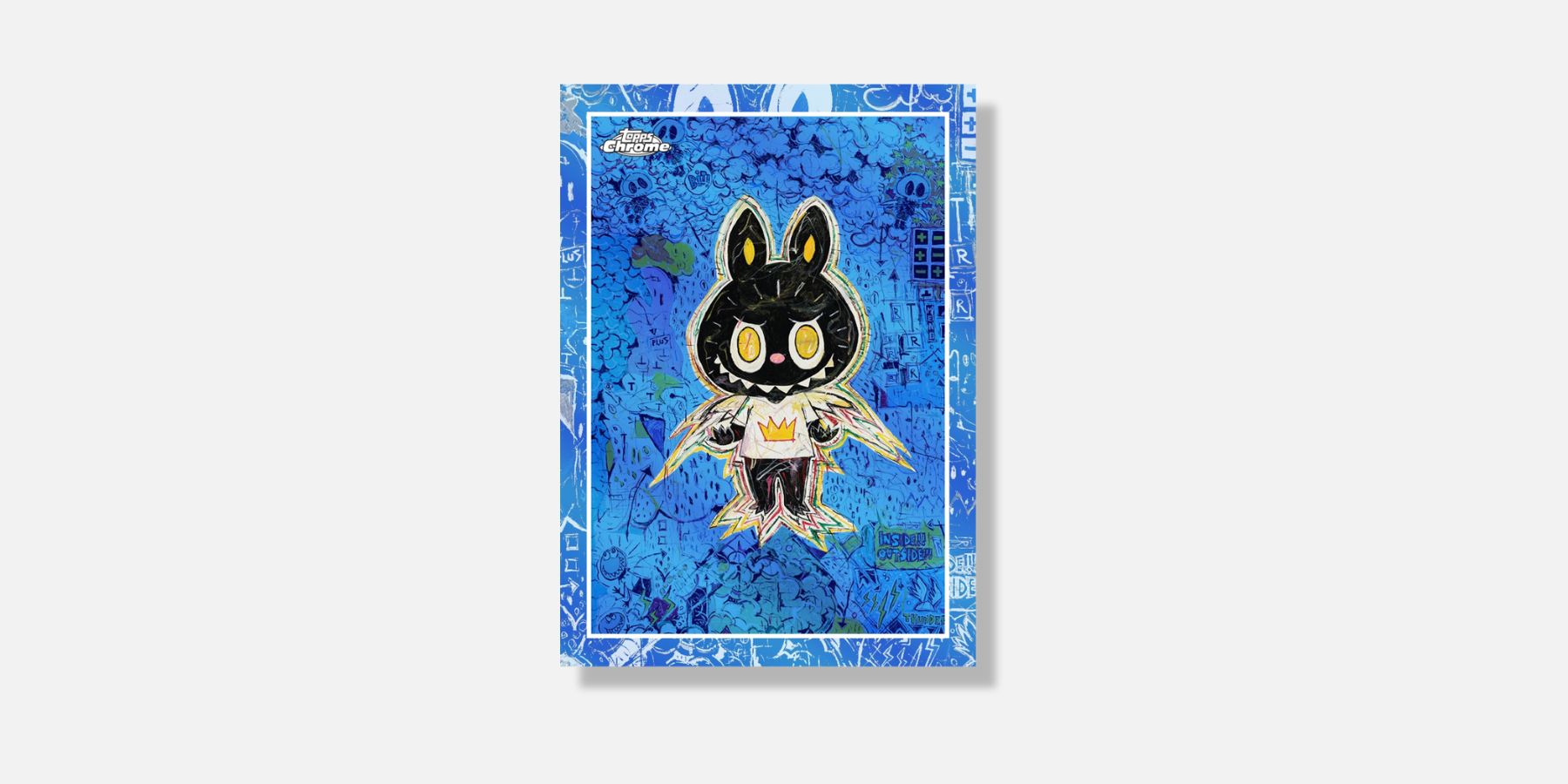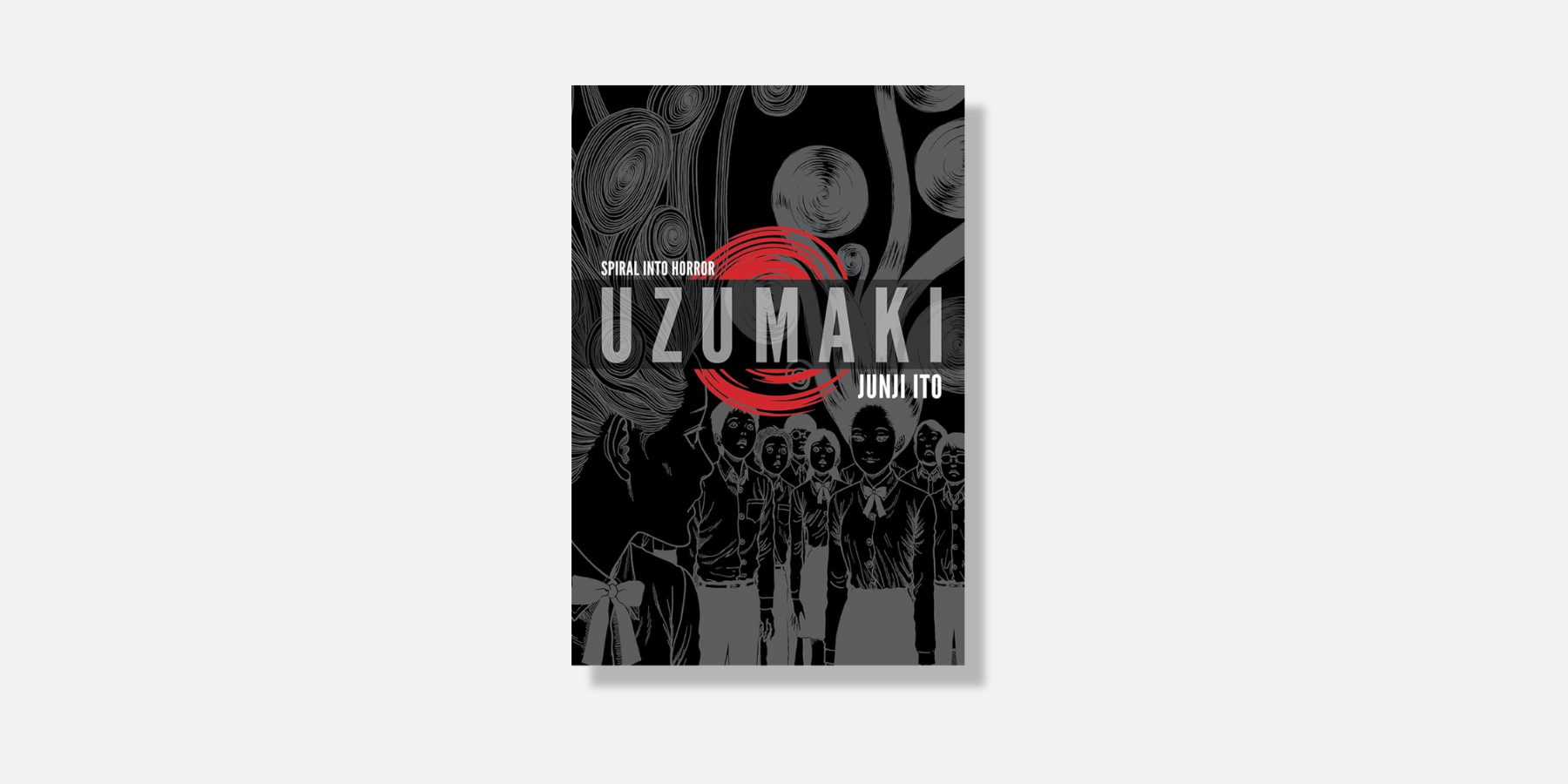The Best Dark Horse Comics Characters and the Iconic Books Every Collector Should Know
Collectors love dark horse comics because they feel like you’re in on a secret. These stories don’t always get the Marvel/DC spotlight, but when they hit, they really hit. Think about pulling a clean Hellboy first print out of a back-issue box, or spotting an early Sin City issue before someone else clocks it—those little wins fuel the hobby.
Dark Horse has a style that’s gritty, creative, and built around characters with real personality. That’s why some of the best dark horse comics end up becoming movies, shows, or fan obsessions overnight. When that happens, values climb, collectors scramble, and you get to flex that you were there early.
If you’re into hunting horse comics, a standout horse graphic novel, or just exploring famous Dark Horse books you might’ve slept on, this universe is full of hidden gems that can turn into comic books worth money. Let’s break down the characters that made Dark Horse special and why they still earn prime space in any serious collection.
Why Dark Horse Comics Stand Apart in the Industry
Founded in 1986 by comics retailer Mike Richardson in Milwaukie, Oregon, Dark Horse Comics broke away from the industry’s giants by centering creator-ownership and publishing bold, genre-diverse titles rather than sticking with the usual capes-and-spandex approach.
Unlike Marvel Comics and DC Comics, Dark Horse offered artists and writers rights retention and leaned into licensed properties and indie sensibilities, giving you access to unique first prints and high-collectible back issues.
That’s a sweet spot for value hunters—those rare finds in the “old comic books” category that turn into serious assets. At Vaulted, we know that acquiring key Dark Horse issues is only half the game; protecting, authenticating and preserving them is what turns stacks into long-term investment power.
Top Dark Horse Characters Every Collector Should Know
1.Hellboy – The Legendary Paranormal Investigator

When collectors talk dark horse comics royalty, Hellboy sits comfortably at the top of the stack. Born from the brilliantly eerie imagination of creator Mike Mignola, Hellboy exploded onto the scene in Hellboy: Seed of Destruction #1 back in 1994—a breakout issue that dropped during a wildly competitive market and still managed to move over 76,000 copies. That’s impressive momentum for a publisher operating outside the Marvel/DC safety net. This debut blends wartime occult intrigue, supernatural horror, and folklore with a moody, instantly recognizable art style that helped cement Hellboy as one of the most famous Dark Horse characters ever printed.
The story kicks off in 1944 when Nazi occultists accidentally summon a half-demon to Earth. Instead of becoming a world-ender, he’s taken in by Professor Bruttenholm and raised to fight the very forces that created him. That reluctant-hero tension is baked into Hellboy’s DNA, and it’s a huge part of what makes this book tick. The issue also introduces Liz Sherman and teases the tangled mythology that eventually sprawls across spin-offs, films, video games, and some of the best dark horse comics in the publisher’s catalog. For collectors hunting comic books worth money, this one checks all the boxes: historic first appearance, low-key back-issue heat, crossover success, and a growing pop-culture footprint.
Visually, Seed of Destruction #1 helped define Mignola’s atmospheric style—bold shadow work, Gothic architecture, and creature designs that feel pulled from ancient folklore. That signature look alone has put this book on “best comic books of all time” lists and built demand in the old comic books market. High-grade copies and early prints continue to be prime targets for collectors building long-term portfolios of dark horse books. If you’re in the hobby for character depth, visual identity, and investment potential, Hellboy is a power move in any collection—especially when preserved, protected, and authenticated to maintain maximum value over time.
2. The Mask – From Comics to Cult Phenomenon

Among dark horse comics characters, The Mask is one of the wildest rides you’ll ever bag for your collection—far darker and more unhinged than the pop-friendly Jim Carrey film most people remember. The Mask #1 (1991) builds directly off the earlier “Mayhem” anthology, where the jade mask first surfaced, and wastes zero time cranking up the chaos. When Detective Mitch Kellaway inherits the supernatural artifact from the late Stan “Big Head” Ipkiss, he doesn’t just get a power-up; he gets a full-blown personality detonation. Slipping that mask on morphs him into Big Head, a green-skinned force of vigilante nature whose moral compass swings like a loose ceiling fan—sometimes pointed at criminals, sometimes pointed at whoever’s unlucky enough to stand nearby.
This debut issue thrives on dark humor, explosive violence, and a horror-tinged energy that sets it apart from the more mainstream best comic books hitting shelves at the time. As Kellaway’s crusade spirals, we meet Walter, a practically indestructible mob enforcer who communicates with fists instead of words and becomes one of the franchise’s most memorable heavies. Artist Doug Mahnke’s intense, exaggerated style amplifies the sheer insanity of the mask’s power, making page-turning feel like being strapped to a cartoon rocket. That kinetic visual identity is one reason these old comic books are still hunted by fans and collectors who crave something edgier than standard cape fare.
The Mask #1 dropped with a $2.50 cover price in August ’91 and continues to hold its own in collector circles. Its direct connection to a major Hollywood adaptation fuels long-term value—always a key factor when you’re scouting comic books worth money and chasing sleeper hits from the best dark horse comics era. High-grade copies can command attention due to the book’s foundational role in defining the franchise’s tone and its limited, indie-leaning print environment. If your collection leans toward cult energy, supernatural mayhem, and books that punch way above their weight, The Mask is a smart, collectible power play that still feels unpredictable decades later.
3. Buffy the Vampire Slayer – A TV Legacy Continued in Comics

When it comes to dark horse comics that rode the wave of ‘90s pop culture, Buffy the Vampire Slayer #1 is a certified touchstone. Dropping in September 1998, this debut issue translated Joss Whedon’s cult-favorite TV series into the comic book world without losing the charm, sass, and supernatural stakes that made Buffy Summers a household name. Written by Andi Watson with artwork by Joe Bennett and Rick Ketcham—plus a slick Art Adams cover—the comic picks up where fans love to see her: juggling high school angst, friendships, and the never-ending grind of dusting vampires and other lurking monsters.
What makes this book exciting for collectors isn’t just nostalgia. It’s the launch point for a long-running Dark Horse series that extended Buffy’s universe far beyond what the show could support in weekly episodes. New stories, new threats, and new character dynamics kept readers hooked and opened the door for fans who discovered Buffy through the comics rather than late-night TV reruns. That expanded lore is a major reason this title has earned a spot among famous dark horse comics and remains a go-to recommendation for fans exploring the publisher’s catalog.
From a collector standpoint, Buffy #1 sits in that sweet middle ground: accessible enough that you can track down raw copies for around ten bucks, but with high-grade, well-preserved versions steadily trending upward. Any book tied to a popular, long-running franchise has built-in potential, especially when it intersects with the old comic books market and fans hunting comic books worth money. The irresistible blend of horror, humor, and teen drama gives this issue a timeless energy—and if you’re building a set of the best dark horse comics, this one deserves a bag, board, and a prime spot in your collection.
4. Sin City – Frank Miller’s Noir Masterpiece

If you’re curating the best dark horse comics for sheer style and storytelling muscle, Sin City: The Hard Goodbye is a top-shelf pick. Originally serialized in Dark Horse Presents between 1991 and 1992, this neo-noir juggernaut made its first collected appearance in early 1993 and instantly redefined what crime comics could look and feel like. Frank Miller didn’t just write this saga—he illustrated and lettered it as well, giving the entire world of Basin City a razor-sharp artistic identity. The black-and-white visuals, heavy shadows, and stark contrasts make every page feel like it’s been dragged out of a rain-soaked alley under a flickering streetlight.
The story centers on Marv, a bruiser with ex-military grit and raw emotional honesty, who wakes up framed for the murder of Goldie—the only person who’s shown him warmth in years. His mission is simple: find the truth in a city built on lies. Along the way he crosses swords with silent killers like Kevin and pulls back the curtain on corrupt figures like Cardinal Roark. The brutality isn’t just spectacle; it’s baked into the bones of Basin City, and that’s precisely why this book left such a lasting mark.
Collectors value this old comic book not just for its scarcity but for its legacy. The first edition trade paperback has secured a spot among comic books worth money, buoyed by Eisner Award wins and the continued cultural relevance of the franchise. Its influence spilled into major film adaptations, cementing the story’s place among the famous dark horse comics that consistently hold collector interest. For anyone chasing gritty crime storytelling and unforgettable visual design, The Hard Goodbye remains one of the best comic books of all time—an essential pillar in any serious Dark Horse collection.
5. 300 – Visually Striking and Historically Infused

When collectors talk about dark horse comics with cinematic DNA, 300 #1 stands shoulder-to-shoulder with the greats. Published in May 1998, this first issue launched Frank Miller’s award-winning five-part retelling of the Battle of Thermopylae—a story steeped in honor, duty, and the kind of sacrifice that echoes across history. Miller’s script hits hard, but what really hooks readers is the art. Each page unfolds like a war-torn mural, elevated by Lynn Varley’s painted colors and sprawling double-page spreads that feel almost larger than the book itself. The style pulls inspiration from Miller’s Sin City, but here, the palette explodes with dusty reds, bronze armor, and the stark blues of impending conflict.
This debut issue focuses on King Leonidas rallying 300 Spartan warriors to face down the colossal Persian army. The pacing is intense, reverent, and loaded with the kind of mythic bravado that made 300 one of the best dark horse comics of the late ‘90s. The whole series went on to sweep major Eisner Awards—including Best Limited Series and Best Writer/Artist—cementing its place among the best comic books of all time. When Zack Snyder’s 2006 film adaptation hit theaters, collector interest spiked, proving once again how quickly cultural relevance can turn old comic books into comic books worth money.
For collectors, the original first printing of 300 #1 hits that trifecta: stunning visual presentation, award-stacked pedigree, and enduring pop-culture impact. Well-preserved copies command premium prices, especially when authenticated and protected properly. If your portfolio already includes gritty crime noir or supernatural icons from the famous dark horse comics lineup, adding 300 gives your collection a historically charged anchor piece—one that looks just as commanding behind glass as it does on the page.
How to Protect and Preserve Your Dark Horse Collection
Landing iconic dark horse comics is only half the win—keeping them in top shape is what protects long-term value. Condition can be the difference between a casual pickup and a serious comic book worth money, which is why smart collectors focus on storage, display, and protection early.
Vaulted makes that easy. Our Comic Display uses high-density EVA foam to hold your CGC slab securely, with a slick carbon-fiber finish that upgrades any wall. It’s ultra-light, mountable, and ready to showcase straight out of the box.
Looking for extra protection? The Comic Display Plus adds a UV-shielding front panel to help guard against light damage, plus limited-edition magnetic skins so you can customize the vibe without ever touching the book. Same easy setup—just added peace of mind.
Protecting your comics shouldn’t be boring or complicated. When your collection looks good and stays safe, it appreciates in more ways than one.
Secure your collection with Vaulted.
Final Thoughts: Dark Horse Comics as a Collector’s Power Play
Building a collection around dark horse comics is more than just taste—it’s strategy. These books often launch with smaller print runs, creator-driven stories, and passionate fanbases, which gives them serious long-term upside once adaptations, anniversaries, or fandom waves hit. From Hellboy first prints to the neo-noir brutality of Sin City or the stylized impact of 300, these titles continue to prove that value doesn’t always live under Marvel or DC’s shadow.
If you’re already stacking keys from the big two, rounding out your library with the best dark horse comics adds balance, depth, and investment potential that surprises newer collectors. And when you combine smart curation with proper protection, you’re not just collecting—you’re building assets.
Ready to explore more? Check out our guides to Marvel and DC collectibles next, and level up your comic-collecting playbook across every universe.
FAQs
What comics are under Dark Horse Comics?
Dark Horse publishes a wide range of titles including creator-owned series (like Hellboy and Sin City), licensed properties (such as Aliens, Conan, and past Star Wars runs) and graphic novels.
Is Dark Horse Comics Marvel or DC?
No. Dark Horse is an independent publisher—not part of Marvel Comics or DC Comics. It was founded in 1986 by Mike Richardson and has grown into one of the largest U.S. comic book publishers outside the “Big Two.”
What are Dark Horse Comics known for?
They are known for bold, creator-owned storytelling, strong genre variety (horror, noir, fantasy), licensed and indie work, high-quality art, and collectible runs. They also publish many limited-series and graphic novels rather than only ongoing titles.
Does Dark Horse Comics still exist?
Yes. Dark Horse Comics continues operating and publishing. Although some digital platforms have changed (for example their digital app will be sunset in March 2025), the company remains active.
What is the #1 comic all time?
That depends on metric—most influential, highest value, or best-selling. For highest-selling U.S. single-issue comic, X‑Men #1 (1991) is cited at ~8.2 million copies sold.For influence, Watchmen often tops best-of lists.



